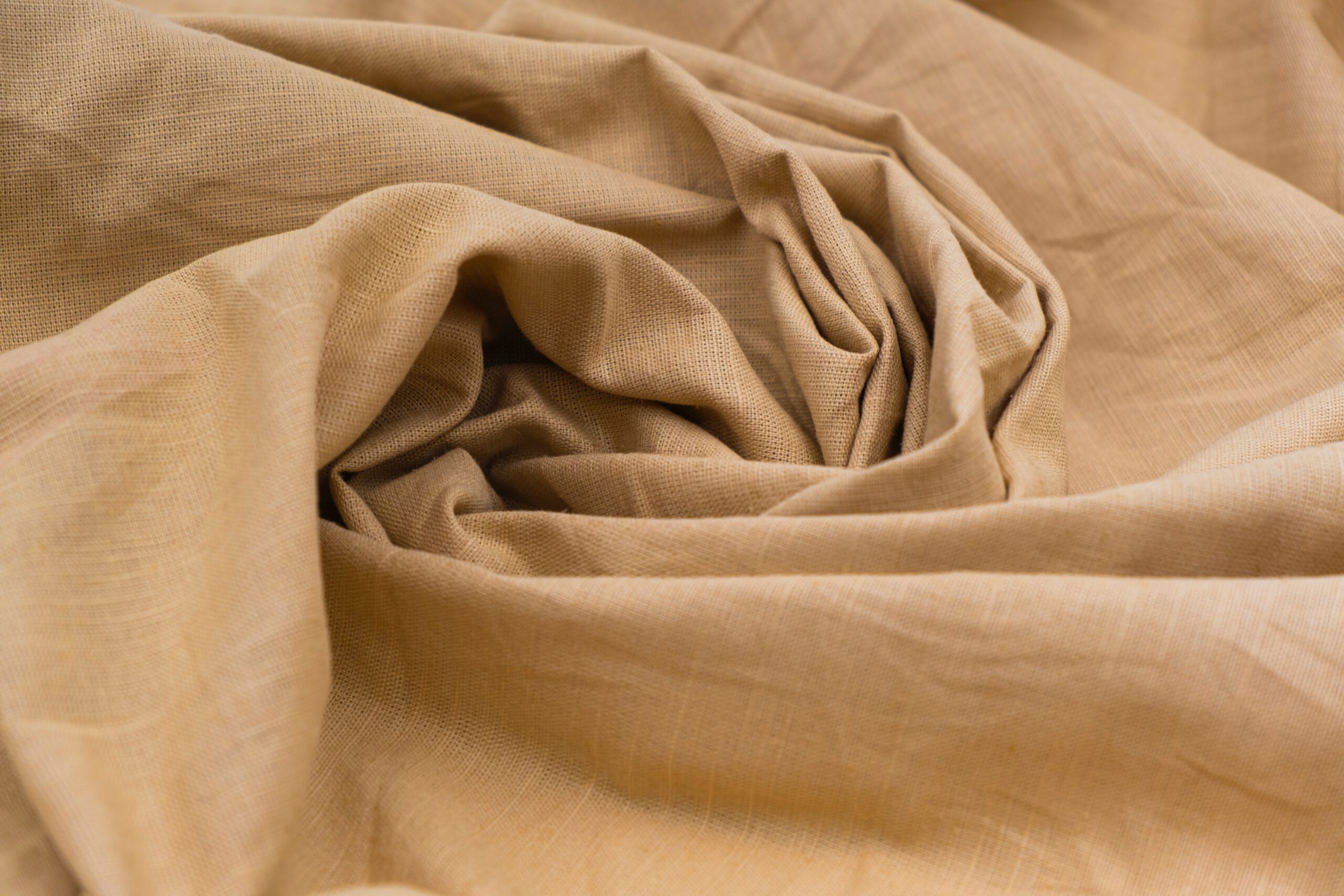History of textiles

Today, hardly anyone can give a specific date for the invention and spread of textile production on Earth. Archaeological excavations have shown that people tried to make clothes as early as the Stone Age by weaving together fragments of leather and plant fibres and thus created father and son clothes. These particular patterns may be considered the earliest imitations of textiles in human history.

As is well known, the first chemical fibers appeared in the last years of the nineteenth century. However, humanity had been effectively using natural fibers like cotton, linen, wool, and silk for many millennia before that. Today, there is no question that linen was the first cloth produced by human hands. Flax was first grown by ancient Egyptian artisans, who then harvested its fibers and began to weave them. Flax cloth samples from around 5,000 B.C. have been discovered during archaeological investigations. The same time period was assigned to linen fabric discovered in 1961 during excavations in modern Turkey.
Near Swiss Lake, our ancestors were spinning and weaving linen cloth around the same time. Scientists have discovered not just linen fiber and well-preserved fragments of textile in this region, but also fairly primitive machinery that may have produced yarn and cloth. The excavations were done in the winter of 1853-54, when the Swiss alpine lakes' levels plummeted significantly. As a result, bast fiber cloth was found, which was still relatively primitive but had already been painted with natural hues and even embellished with human forms.
As excavations in the Alpine region began in the middle of the 20th century, numerous textile remnants, as well as balls of thread, spindles, different needles, and pieces of wooden looms, were found. These discoveries provide clear proof that the people who lived in these ancient towns produced their own garments from linen and other fibers.
Man first discovered how to create woolen cloth at the end of the Stone Age. Excavations conducted on the site of ancient Mesopotamia have supported the scientists' hypotheses, showing that there were sheep breeders and weavers living there around 4 millennia B.C. According to the pages of the Bible, those who lived in ancient Babylon and the state of Ur also wore woolen clothing. Later on, wool from camels, goats, and even rabbits started to be utilized to make woolen clothing.
Cotton is a new natural fiber that has been introduced to the globe as a result of advancements in ancient textile technology. Scientists discovered cotton fabric samples while excavating an old Indian town from the first millennium BC. They were shocked, however, to discover the identical fabric during archaeological digs throughout South America, China, Central Asia, and even the Middle East. This demonstrates that cotton fabrics were utilized concurrently in several nations and even continents. How can it be that, while living on opposite sides of the world's oceans, the ancient Incas and the ancient Egyptians used the same weaving methods to produce cotton fabrics of exceptional quality and a variety of hues and shades? The existence of Atlantis or the notion of continental displacement may benefit from this further data. Maybe in the future, science will discover the answer to this riddle.
Additionally, Egyptian mummies from two millennia BC were also covered in cotton material that was of the greatest caliber at the time. One fact—the fabrics discovered in the tombs of the pharaohs have a density of 540 threads per inch, which even the best cotton fabrics produced now cannot claim—will suffice to persuade you of this.
A fairly straightforward yet effective method of producing cloth was utilized by prehistoric man, who gave the world the four primary natural fibers, and it has since been adopted by modern weavers. Modern weaving tools operate on similar principals to early spinning wheels and straightforward wooden looms discovered during archaeological digs at prehistoric settlements.
